Every morning when I walk into my kitchen, my dog becomes a bouncing tornado of excitement. Her tail spins like a helicopter blade, her whole body wiggles, and she launches into what can only be described as pure, unfiltered joy. For years, I thought I understood what these movements meant. Yet as I’ve learned more about canine communication, I’ve discovered there’s a rich, complex language hidden in every wiggle and jump.
Understanding your dog’s body language isn’t just about satisfying curiosity. It’s about building a deeper connection with your furry family member and ensuring their health and happiness. Dogs speak to us constantly through their movements, but we often miss the subtle messages they’re trying to convey. Sometimes those wiggles mean pure bliss, while other times they might be telling us something entirely different.
The Joyful Body Wiggle
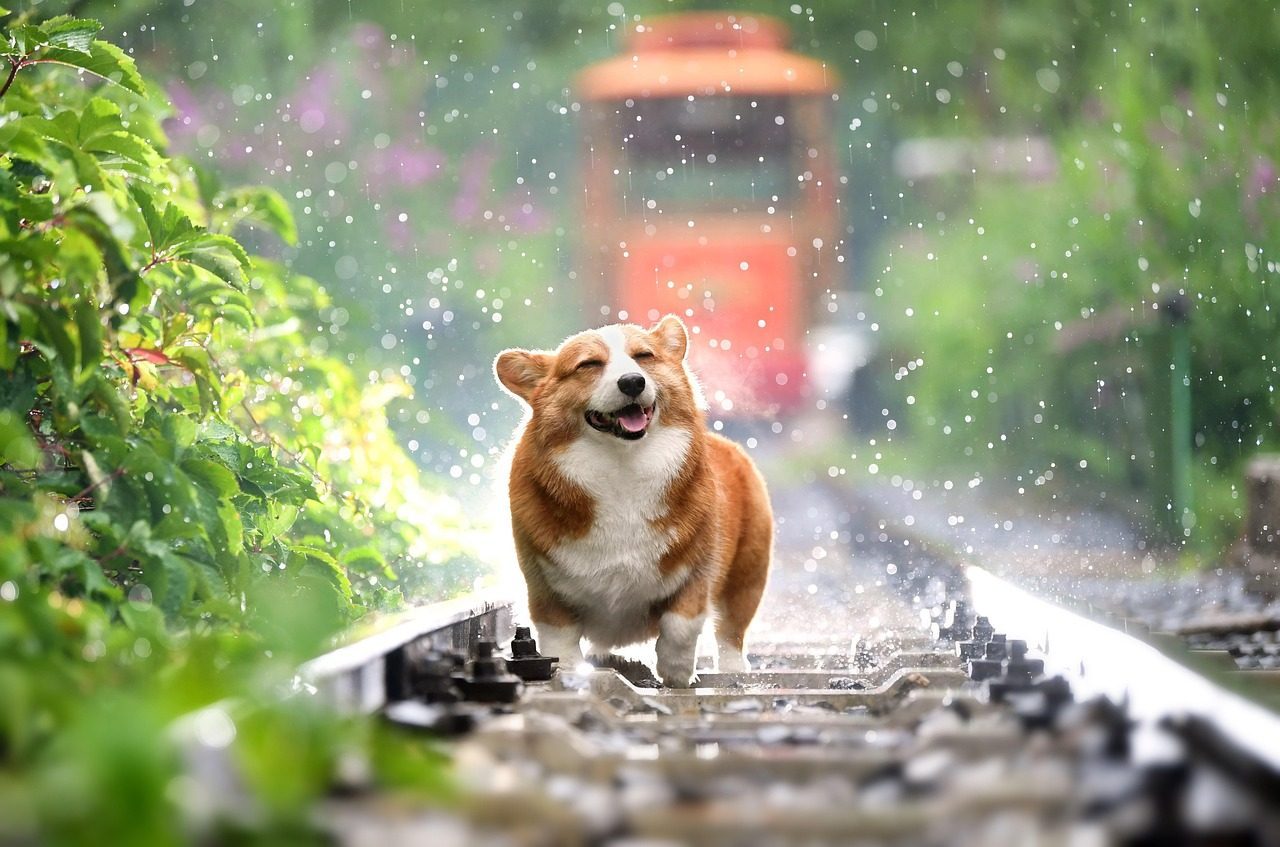
When you see your dog’s entire body moving in that loose, fluid motion, you’re witnessing one of the purest expressions of happiness in the canine world. This big, carefree full-body wiggle actually indicates a genuinely happy dog and often shows they’re extremely excited and ready for interaction. Their whole frame seems to dance with joy, from nose to tail.
These happy dogs display soft eyes, open-mouth grins, and sometimes their whole body seems to wag along with their tail. When your dog wags so enthusiastically that their whole body wiggles, paired with squinted eyes and relaxed posture, it signals pure excitement. You’ll often see this greeting when you come home after being away.
The Helicopter Tail Phenomenon

The helicopter tail, where dogs wag in a circular motion, represents one of the most joyous tail movements and usually happens during moments of intense excitement and affection around favorite people. This circular motion is normally reserved for people your dog knows well and close doggy friends, indicating they’re feeling excited and particularly social.
This helicopter movement, probably alongside adorable butt wiggles and a dopey smile, means you can be certain your pup is feeling genuinely good. Think of it as your dog’s way of giving you the ultimate compliment. Research has shown that this tail movement accompanied by relaxed, fluid body movement and wiggling bottom signals friendliness and willingness to engage.
When Jumping Means More Than Play
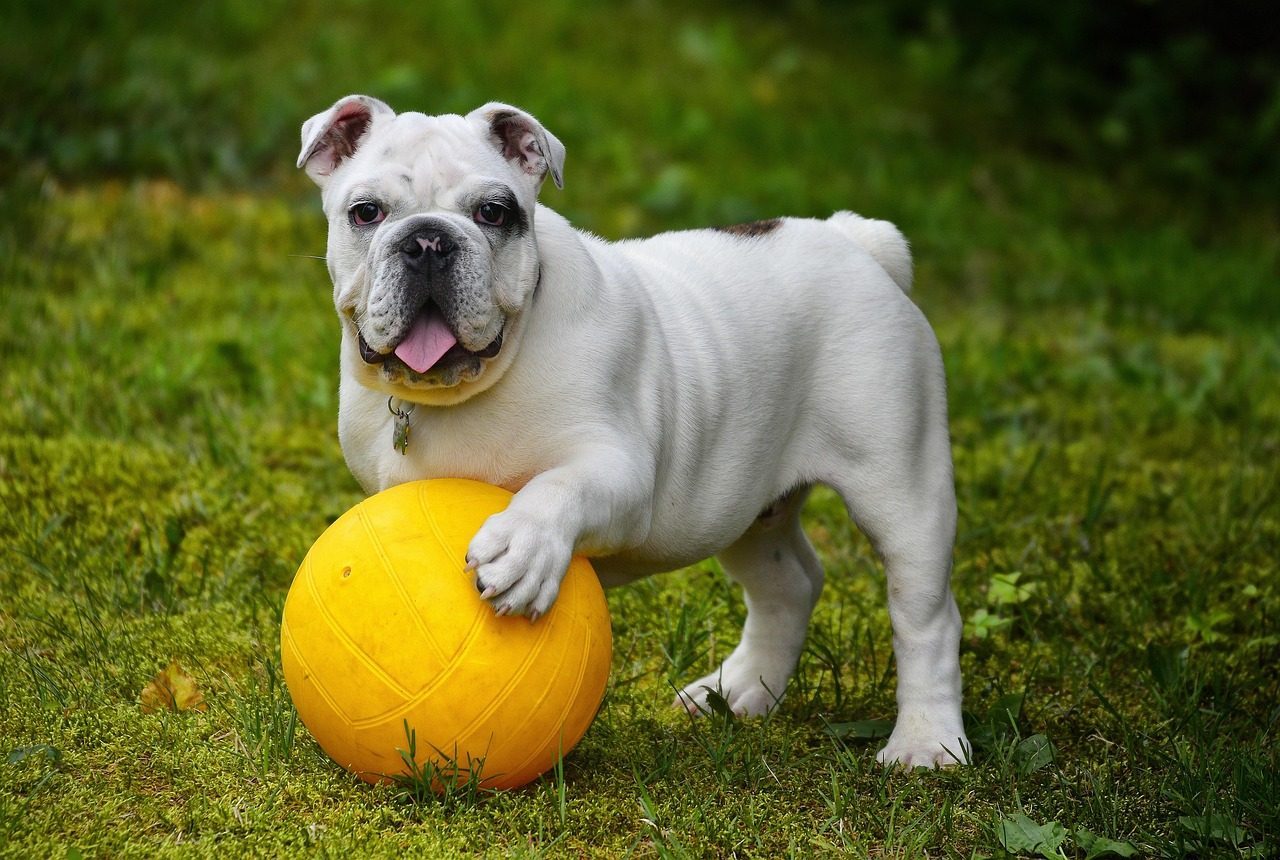
Not all jumping is created equal in the dog world. A dog jumping at the front of their space as a person approaches displays arousal and excitement communication signals, and common behaviors in aroused dogs include jumping, mounting, and mouthing. When dogs show signs of happiness like play bows or rolling over and wiggling, they usually want to play and get attention, and you can reciprocate by joining in or giving gentle pets.
However, excessive jumping can sometimes indicate anxiety or overexcitement rather than pure joy. Anxious dogs can demonstrate arousal and excitement behaviors as a result of stress and anxiety, including barking, pacing, circling, or bounding off walls. With wide eyes and tongue hanging out, excited dogs may get a burst of energy when they bark, jump up, run, and spin around, and sometimes even whine.
The Health Connection
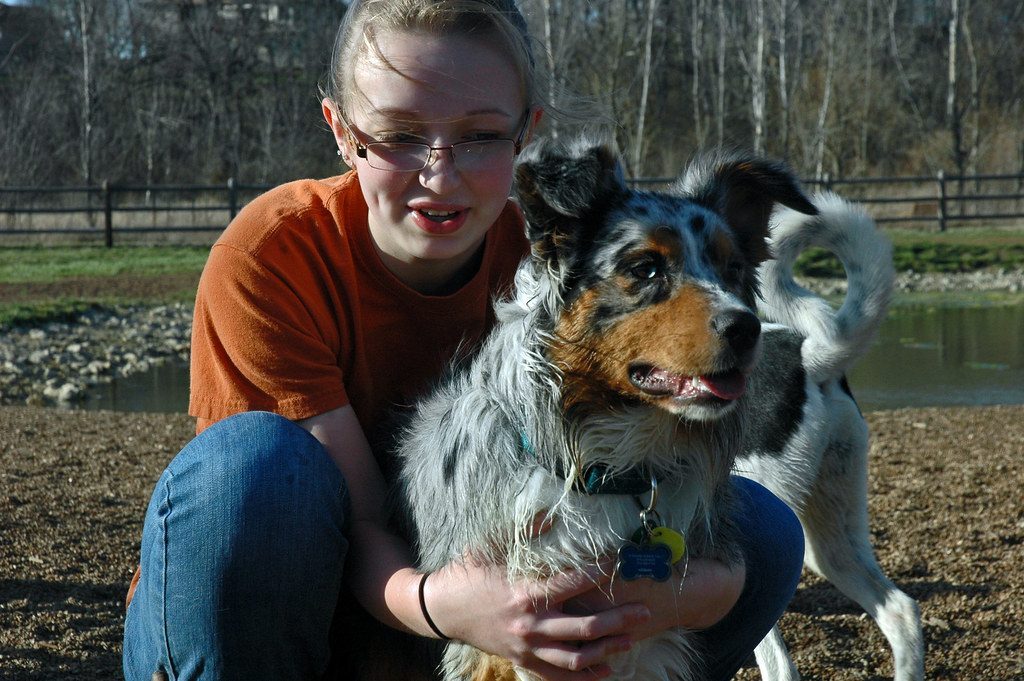
When dogs experience hip issues or other joint problems, they typically reduce movement to manage pain, which may be visible as bunny hopping where both legs move together, or less dynamic movement including running and jumping. Young dogs with hip dysplasia may not be in pain but might struggle with running and jumping due to mechanical changes, while older dogs with chronic arthritis are more likely to suffer discomfort.
Dogs with hip dysplasia commonly show hind limb lameness, pain, and muscle wasting, with owners reporting their dogs are reluctant to rise or jump, or aren’t as active as other puppies. Dogs with joint issues often show difficulty climbing stairs or jumping, and reluctance to move, possibly exhibiting signs of pain when touched around the hips. If you notice sudden changes in your dog’s jumping behavior, it’s worth consulting your veterinarian.
Reading the Stress Signals
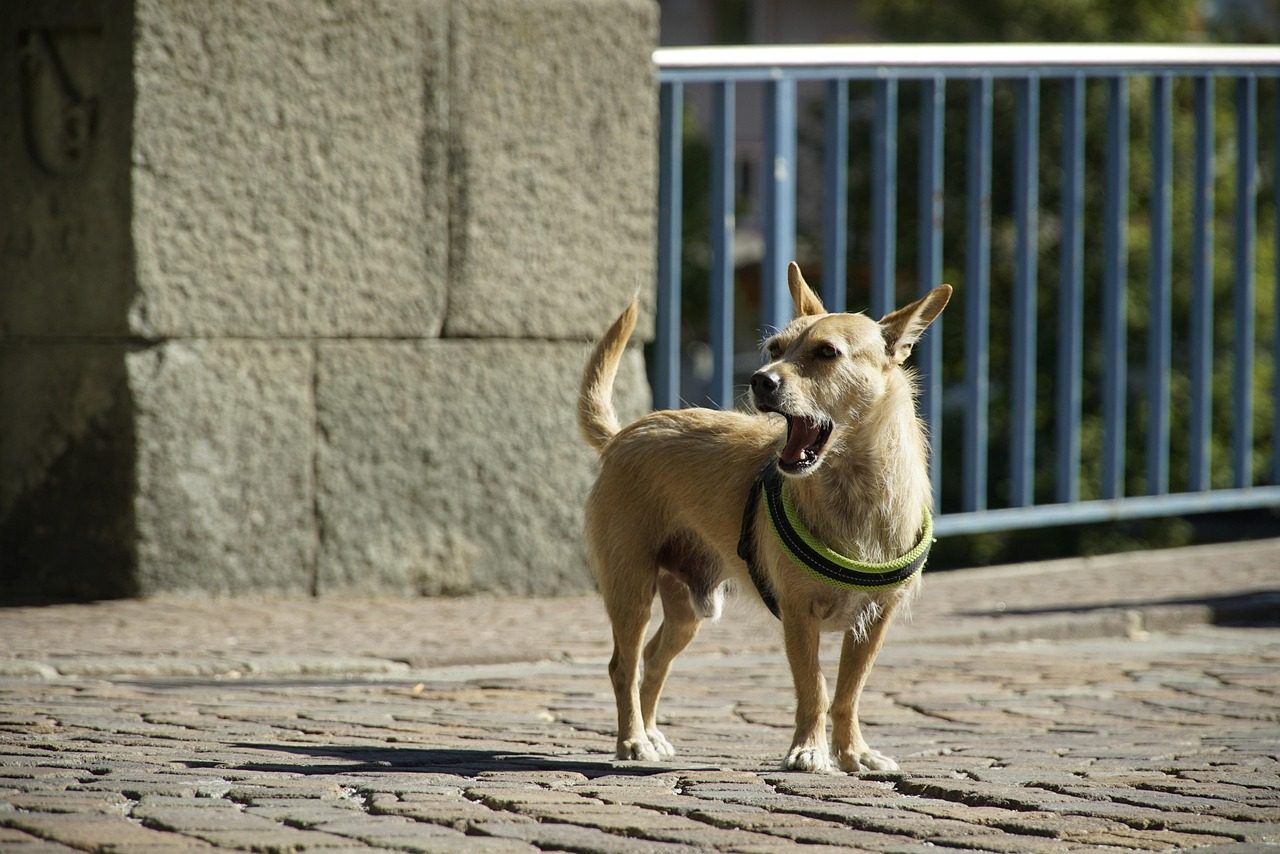
While people yawn when tired or bored, dogs yawn when they’re stressed, using yawning to calm themselves in tense situations and to calm others, including their owners. Yawns can indicate tiredness but more often relieve tension from the jaw, and this can be the first sign a dog feels uncomfortable, while nose licking acts as self-comforting behavior when dogs are stressed.
When dogs are anxious, they often quickly stick out their tongue and lick their lips in a fast little flick, and this is one of the most common stress signals to watch for. Sometimes dogs may wag their tail between their legs, but movement doesn’t mean happiness, as a tucked tail towards the belly indicates fear and may be paired with crouched body and flattened ears.
The Play Bow and Rolling Over
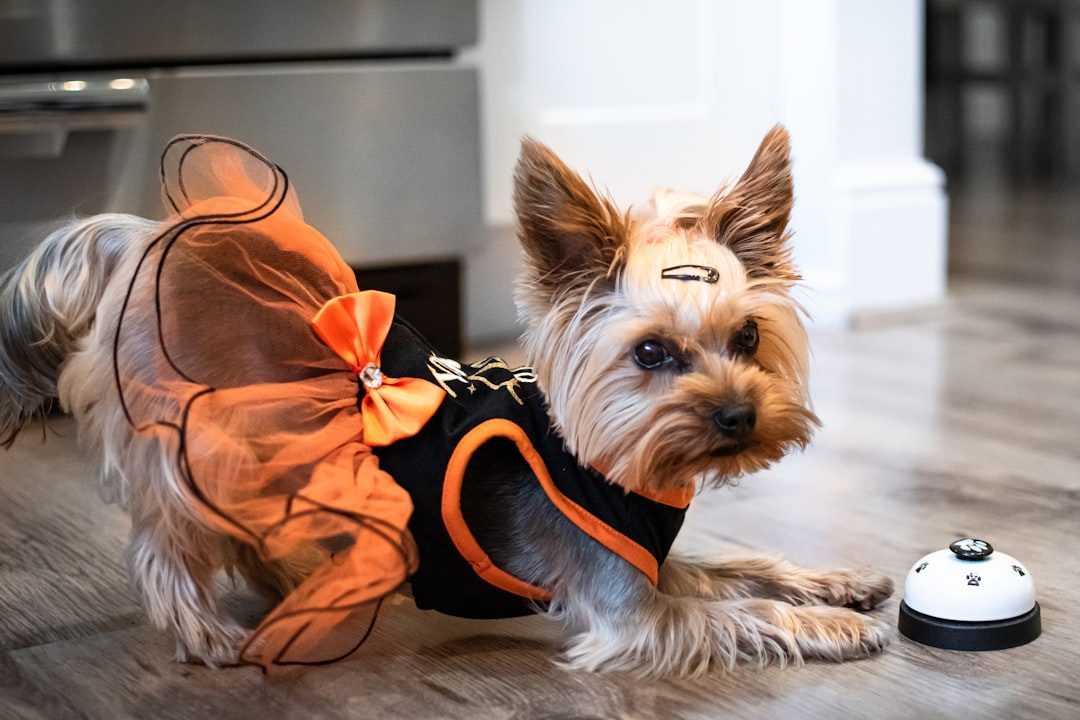
The play bow is an easy-to-read aspect of dog body language where dogs place their chest on the ground with their rump in the air, and as the name implies, it’s used to initiate play with other dogs and people. This signal invites play and tells others that whatever action comes next is still just play, while turning over and inviting belly rubs shows trust and enjoyment of social contact.
If you see a dog roll on their back and wiggle or kick their legs with loose and relaxed body language, this indicates a dog feeling happy and playful, and you may see dogs do this when playing with each other as a natural behavior that helps avoid playful bites. However, context matters tremendously here. This position differs from a playful roll as the dog may seem frozen compared to the wiggliness seen with playful rolling, and stressed dogs might stay very still until the perceived threat goes away.
Prevention and Care Tips
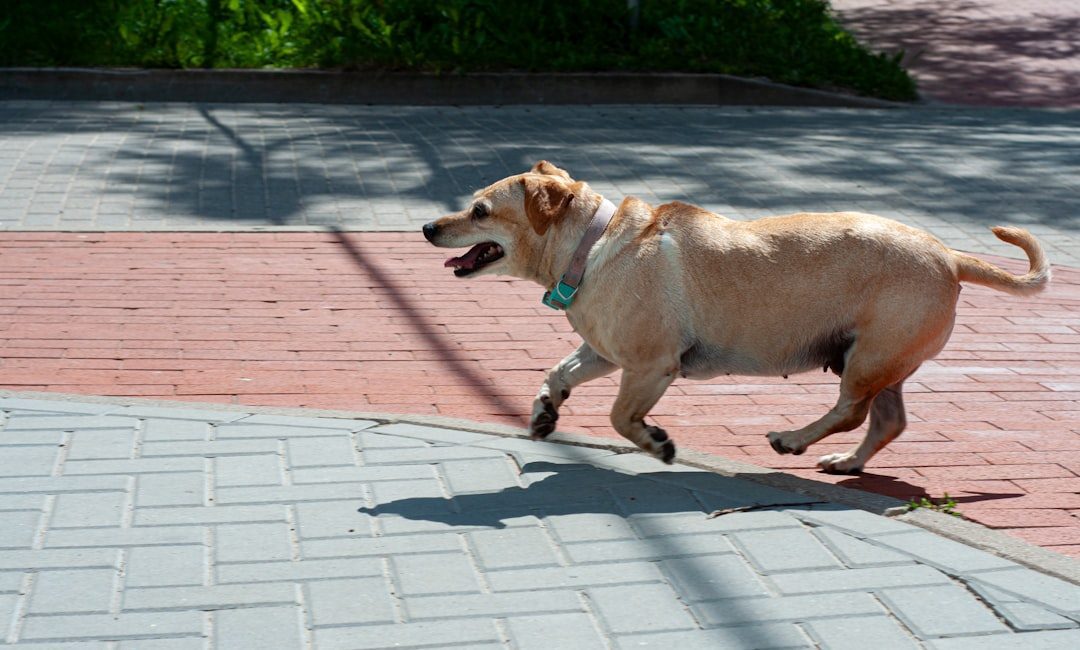
Moderate daily exercise and avoidance of high-impact activities like jumping can help keep dogs mobile and strengthen surrounding support structures, while physical therapy is highly effective at improving quality of life and should be part of any treatment regimen. Maintaining healthy weight is important, along with regular exercise and avoiding activities that put excessive strain on joints, such as jumping or running on hard surfaces.
Repetitive jumping off beds puts significant strain on joints, increasing risk of early arthritis and conditions like hip dysplasia, and studies show dogs with high-impact activities like frequent jumping are more likely to develop arthritis at a younger age. Keeping dogs at healthy weight is one of the most important ways to prevent joint problems, as excess weight puts extra strain on hips and joints, making them more susceptible to arthritis. Consider providing ramps or steps for furniture access and monitoring your dog’s activity levels as they age.
Conclusion
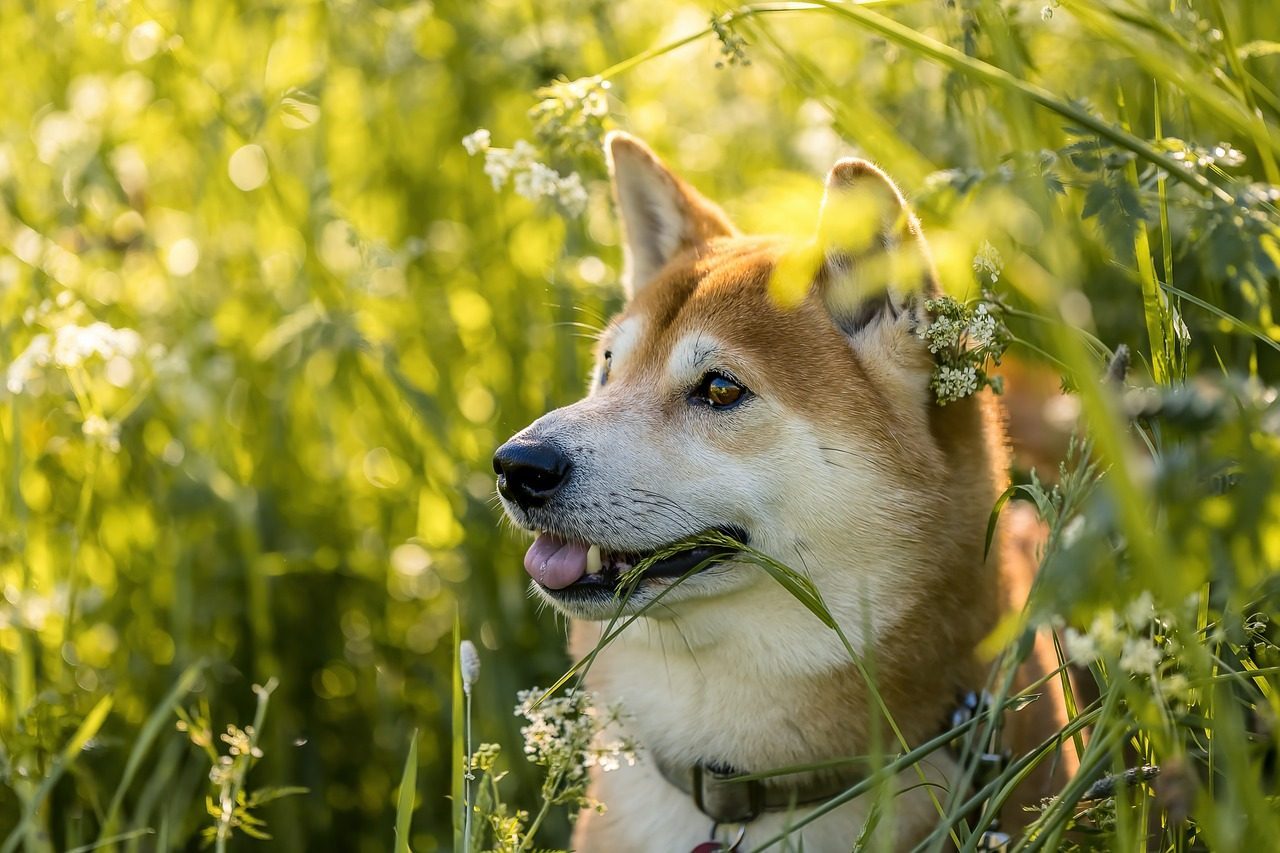
Your dog’s wiggles and jumps create a beautiful conversation that happens without words. From the pure joy of a helicopter tail to the concerning absence of their usual bouncy behavior, every movement tells a story about how they’re feeling in that moment. Learning to read these signals isn’t just about becoming a better dog parent, it’s about giving your furry friend the gift of being truly understood.
The next time you see your dog wiggle with excitement or notice they’re hesitating to jump, you’ll have the tools to respond appropriately. Whether that means joining in their celebration or scheduling a vet visit, you’re now equipped to be the advocate your dog needs. What new signals have you noticed in your own dog? Tell us in the comments.

Andrew Alpin from India is the Brand Manager of Doggo digest. Andrew is an experienced content specialist and social media manager with a passion for writing. His forte includes health and wellness, Travel, Animals, and Nature. A nature nomad, Andrew is obsessed with mountains and loves high-altitude trekking. He has been on several Himalayan treks in India including the Everest Base Camp in Nepal.






